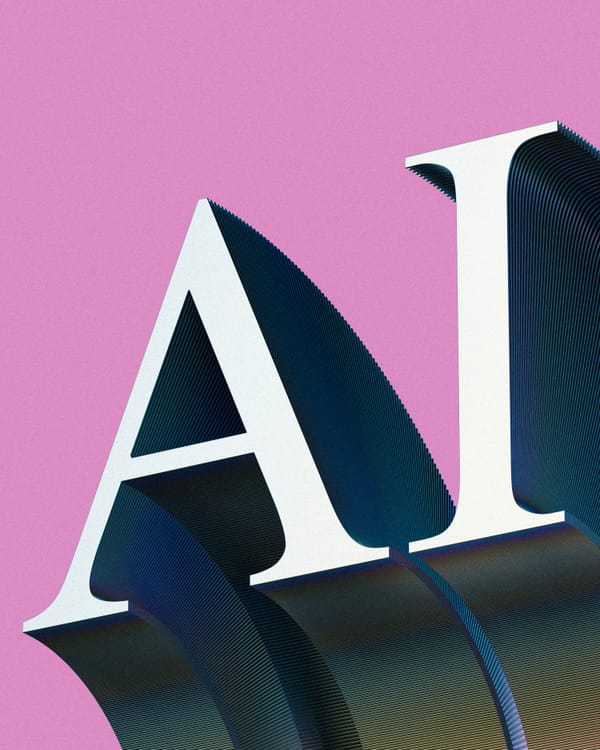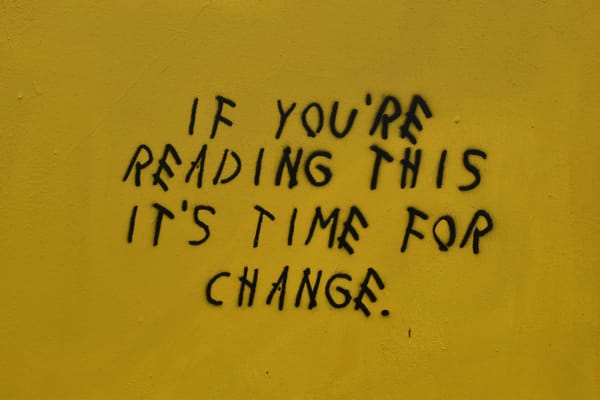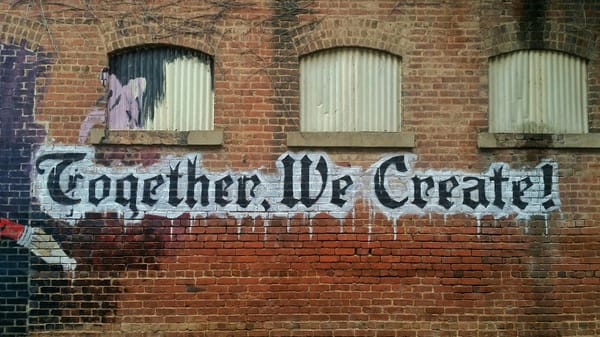Remember when ChatGPT felt like magic? It launched in late 2022, and in just months, the world saw how conversational AI could feel human, creative, and helpful. Fast-forward to 2025: OpenAI opened the door for anyone to build custom GPTs—small, personalized AI helpers tailored to specific tasks, industries, and even brand voices.
For women of color founders, this is a game-changer. It’s not just about automation; it’s about building credibility, leveling the playing field, and crafting tools that speak your language and values—without thousands of dollars or technical overload.
2. What Is a Custom GPT?
A custom GPT is your own version of ChatGPT that:
- Belongs to you — you control its name, personality, scope, and guidance.
- Targets your needs — whether that’s a “Marketing Assistant,” “Pitch Deck Coach,” or “Legal Briefing Buddy.”
- Scales easily — works 24/7 and can be shared with your community, team, or clients.
Bottom line? It’s freedom, credibility, and power on demand.
3. Why Use One? Real Impact Examples
|
Type of GPT |
What It’s For |
|---|---|
|
Marketing Assistant |
Generates content ideas, crafts messaging in your voice, suggests campaign angles tailored to your audience (like resonant hooks for skincare enthusiasts). |
|
Pitch Deck Coach |
Helps refine slide content, brand story arcs, and investor tone that highlights your unique receipts and journey. |
|
Legal Briefing Buddy |
Summarizes legal news, helps draft basics (like NDAs), and points you toward attorney-reviewed templates. |
|
Funding Intel Analyst |
Tracks grant announcements, deciphers funding trends for women of color founders, or spots minority-focused VC shifts. |
|
Customer Service AI |
Handles routine inquiries in your brand tone—consistent, friendly, culture-conscious—freeing you to focus on growth. |
4. How to Build Your Custom GPT — Step by Step
What You’ll Need
- OpenAI Account — set one up at OpenAI.com. Starts free; then:
- ChatGPT Plus ($20/month) for priority use and extended features.
- API Access — pricing tiered by usage (e.g., $0.002–$0.12 per 1,000 tokens).
- Writing Prompts & Guidance — define how your GPT speaks, what it knows, what it doesn’t.
- Reference Tools (optional) — Google Drive, Notion, or Dropbox can store your brand guidelines or example prompts.
- (Optional) Webhooks or Plugins — if you want integration with Zapier, Trello, or Gmail.
Setup Workflow
- Login to OpenAI and go to “Playground” (or through ChatGPT’s “Create GPT” flow).
- Define the GPT
- Name and Description — “OVIDIA. Pitch Deck Coach: supports women of color founders in compelling slide decks.”
- Persona Tone — warm, credible, strategic, rooted in receipts & clarity.
- Add Custom Instructions
- System/Preset messages — “You’re a sharp, no-fluff assistant grounded in startup strategy and legal literacy for WOC founders.”
- Example Prompts — feed some Q&A pairs: e.g., “What’s the best hook for an investor pitch highlighting 2024 revenue of $100K+” and your model answers.
- Define Dos & Don’ts
- Do: Tell me how the slide flows; Don’t: Guess revenue.
- Test and Iterate
- Ask sample prompts like “Revise this deck intro to better highlight cultural positioning,” review, refine.
- Publish & Share
- You can share your GPT via a link or embed in your ops tools, team documents, or email.
5. Pricing & Tools Breakdown
|
Tool / Resource |
What You Need |
Pricing Estimate |
|---|---|---|
|
OpenAI Account |
Basic setup |
Free |
|
GPT-4 Access (Plus) |
To power the custom GPT |
~$20/month |
|
API Usage (if used) |
For volume/automations |
~$0.002–$0.12 per 1K tokens |
|
Prompt Crafting Resources |
Notion, Drive, templates |
Free–low cost |
|
Plugin Integrations |
Zapier/Webhook for workflows |
Free–tiered plans |
|
Total First-month Est. |
Basic GPT tinker |
Around $20–$50 |
6. Sample Walkthrough: “Marketing Assistant GPT”
- Name it: OVIDIA. Marketing Muse GPT
- Set the tone: “Friendly yet professional, culturally attuned to women of color, entrepreneur first.”
- Program your prompt library:
- “What’s a powerful Instagram hook for a Brooklyn-based WOC founder launching her planner?”
- “Write a LinkedIn post celebrating hitting $50K in early revenue—but grounded in long-term vision and community.”
- Set behavioral guardrails:
- Always ask for business context.
- Never fabricate data; disclaim if unsure.
- Test:
- “Write me three headlines for a blog post about applying for minority-owned business grants.”
- Refine until you say, “Yes—that’s me, but smarter.”
- Share as part of your community or workflow—helping you scale your brand voice with clarity.
7. Why This Matters for OVIDIA.’s Community
At OVIDIA., every tool we build serves a twin mission:
- Close resource gaps—Your custom GPT is like affordable, consistent coaching that works anytime.
- Build visible credibility—Your brand voice, expertise, and receipts get amplified with AI that knows you.
We’re pushing back against overpriced, surface-level courses by letting you own your tools, teach them your truth, and share them widely—without compromising quality.
Final Thoughts
Creating your own GPT isn’t just a tech project—it’s empowerment. It lets you work smarter, not harder. Automate the logical (like messaging, decks, legal primer writing), so you can spend energy on strategy, sales, or community. And with OVIDIA.’s values at the forefront, your AI tools remain culturally intelligent, resonant, and rooted in Black and Brown excellence.











